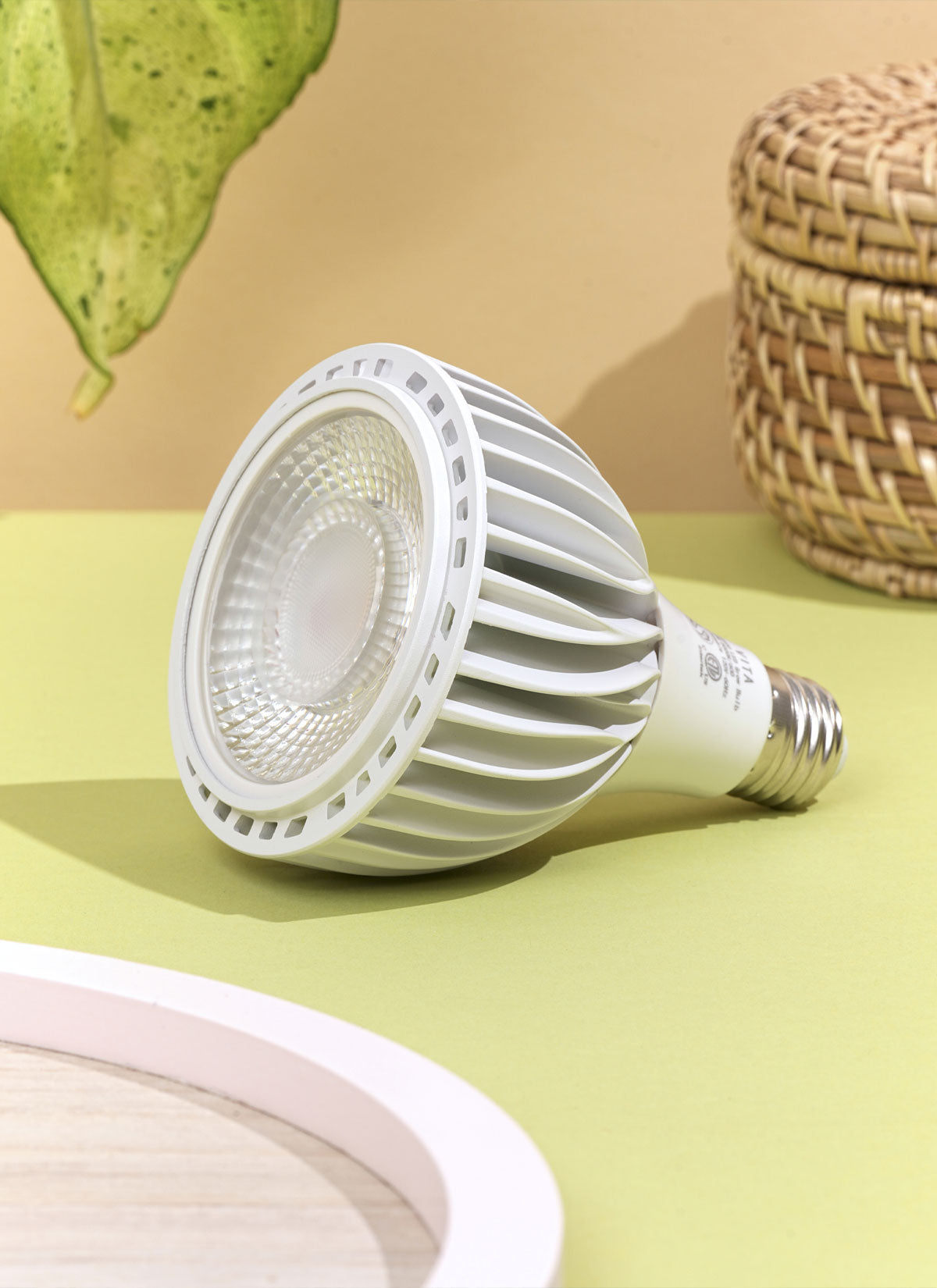Preferred Temperature: 60º - 80º
Zebra plants prefer mild temperatures of at least 60°F (15°C) at night and 65-80°F (18-27°C) during the day. They prefer damp, but not soggy, soil and need a humid atmosphere. By periodically spraying the leaves, setting a tray of water next to the plant, or using a humidifier, you may ensure that the environment is sufficiently humid. Zebra plants can withstand low light levels but prefer bright, indirect light. It's crucial to keep the plant out of direct sunlight because doing so risks burning the leaves. Also, it's crucial to keep the plant away from temperatures below 55°F (13°C), which can harm it. Research is essential to maintain the best growing circumstances for Zebra plants because they are a unique plant with specialized care needs.




















